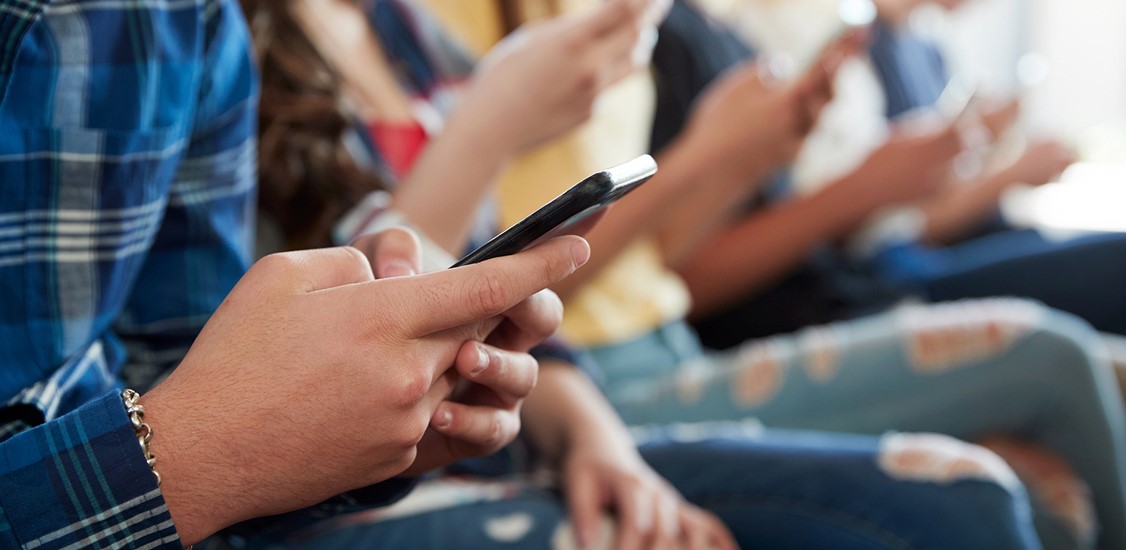After a reported 12.5% decline in smartphone sales in 2020 - a decline attributed to economic uncertainty triggered by device upgrade hesitancy, a lengthy global pandemic and retail store closures - the widespread availability of 5G devices has almost single-handedly saved the new device market. In fact, the launch of the 5G iPhone 12 series helped Apple record double-digit growth in Q4 of 2020, surpassing Samsung to retake the number one global smartphone vendor spot.
However, manufacturers can’t take all the credit for the turnaround. The generous trade-in offers and aggressive marketing tactics by operators drove many consumers - despite a global pandemic - to finally upgrade their devices. While mobile trade-in programs and buyback offers are nothing new, these programs have proved to be a reliably effective way to encourage consumer upgrades to the latest device while subsidizing a portion of the cost. The iPhone 12 launch saw Apple and major operators offering exceptionally large discounts to consumers willing to trade-in an older device. For example, In October of last year, AT&T dangled a generous offer for a new iPhone priced at $0 with a trade-in, while Apple offered up to $500 for older devices.
In addition to bolstering sales of new devices, generous buyback programs have a trickle-down effect of replenishing the secondary device market – a marketplace that was severely depleted by the pandemic and by a dramatic drop in the sales of new smartphones.
Trade-in outlook remains positive
According to our research released in May 2021, the uptick in new smartphone sales will continue with 57% of global consumers expecting to upgrade to a 5G device in the next two years. Of that 57%, nearly half plan to trade-in their old smartphone as part of the process.
Our study also examined consumer attitudes about trading-in their old devices online. Because of pandemic-related retail store closures, the acceptance of online device trade-ins has picked up steam. Although 69% of our research respondents had never engaged with an online trade-in process, 41% were open to the idea and 31% said they’d consider going ahead with it.
One key trend operators must address in 2021 is the popularity of ecommerce, which skyrocketed in 2020 due to the pandemic, growing more than 33% in 2020 with projected revenues surpassing $1 trillion in 2022. Driven to shop online due to pandemic-driven store closures, this behavior is now “baked in.” Our research confirmed this trend, with 70% of general consumers planning to continue their new online shopping habits post-pandemic.
Strategies for building consumer confidence
As we all know, customer trust is critical in a highly competitive industry, especially one in which consumers are being wooed by multiple competitors with great offers tied to 5G devices and services. To keep up the momentum of new 5G device salesand encourage online trade-ins, one of the best tools operators have in their arsenals is a high level of brand trust already earned because of their well-earned commitment to consumer data privacy.
An operator that is able to leverage this positive reputation will decrease consumer apprehension with the “invisible” data erasure process that ensures information contained on those devices – social security numbers and bank account passwords, for example - is appropriately and safely removed before resale or donation.
So how can operators accomplish this? By proactively putting in place a consumer education strategy specifically designed to overcome any consumer trepidation, including:
- Informing customers about the dangers of potential data misuse when trading in a device online, especially to a relatively unknown third-party site.
- Ensuring customer-facing employees (in store, on phone, or via live chat) proactively explain how the operator takes extra steps beyond basic device resets to ensure that all data is truly erased from the device.
- Posting online detailed and easy-to-understand information about erasure, including why it’s important, how it’s done and potential hazards if not done correctly.
- Ensuring customers understand that no matter how they turn over their old devices - in store or via mail - each and every device gets the same rigorous erasure treatment.
While there are many components to building trust and a great customer experience, operators must do their best to align the in-store and online shopping experiences. By clearly promising the elimination of any data left on their old device, operators will boost consumer confidence in using a “self-service” model to trade-in their old devices and purchase a new one. Placing a high priority on educating consumers about data safety will go far to build this trust and help them overcome any hesitancy when it comes to handing over their used smartphones.






















